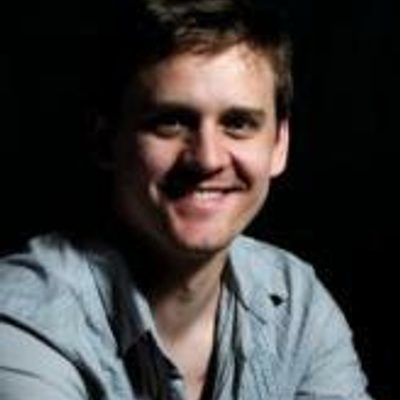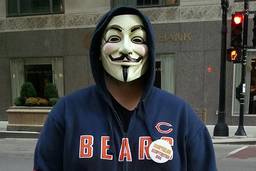The cadre of environmental and community organizations behind the Chicago Clean Power Coalition sponsored the third annual “Roll Beyond Coal” on Saturday. The combination bicycle ride and march is the latest in the Coalition’s efforts to shut down two of the oldest and most polluting coal plants in the United States, both of which are located in Chicago communities of color.
About 70 bicyclists made the rain-soaked, three-and-a-half-mile ride from Daley Plaza in downtown Chicago, through the communities of Chicago’s near southwest side, ending at Dvorak Park in Pilsen, directly across from the Fisk generation plant.
The plant is one of a pair, together known as Crawford and Fisk. Along with plant operator Midwest Generation, both plants have seen recently renewed activism (as previously reported on this blog in May) surrounding the potential health threats they pose to the largely low-income communities surrounding the neighborhoods of Pilsen and Little Village in which they are located.
Efforts to close the two plants – which environmental advocates and researchers believe could cost nearby residents as much as $120 million in health costs and affect as many as one in four Chicago residents – have been ongoing for decades, but have seen renewed vigor since the two plants were purchased in 1999 by Midwest Generation. A subsidiary of California-based Edison Electric, Midwest Generation was created for the exclusive purpose of buying plants too old to be regulated under the 1970 Clean Air Act. The Fisk and Crawford plants were built in 1903 and 1924, respectively, and had their currently active generation units rehabbed last in 1958-1961.
Following the “roll” a crowd of about 150 gathered in the park to hear from the Coalition’s most vocal community groups, including the Pilsen Environmental Rights and Reform Organization (PERRO) and the Little Village Environmental Justice Organization (LVEJO, profiled by Kari Lydersen for In These Times in 2009).
This year, Executive Director for Greenpeace International, Kumi Naidoo, joined the Chicago march, bringing with him a significantly increased media presence from local stations WGN, WLS, and Univision.
“I am inspired by the energy in Chicago today. Corporations must not continue to profit at the expense of human life. Edison International needs to be a responsible global player, shut down these coal plants, and show they can be a leader in green energy,” said Kumi.
The march left Dvorak Park and traveled through Pilsen with chants and songs in both English and Spanish, before ending directly across from the main entrance to the Fisk plant. There, plant personnel photographed and recorded protestors as they laid artificial flowers symbolizing the potential loss of life caused by the hundreds of thousands of tons of soot, thousands of tons of sulfur dioxide and nearly 150 tons of mercury emitted by the plants each year.
(You can view more photos of the march here, and sign up for alerts and learn more about the Chicago Clean Power Coalition and its partners at the Coalition’s website.)
Ryan Williams is a Columbia College journalism graduate working in Chicago nonprofits. He moonlights as a freelance photographer and writer.




